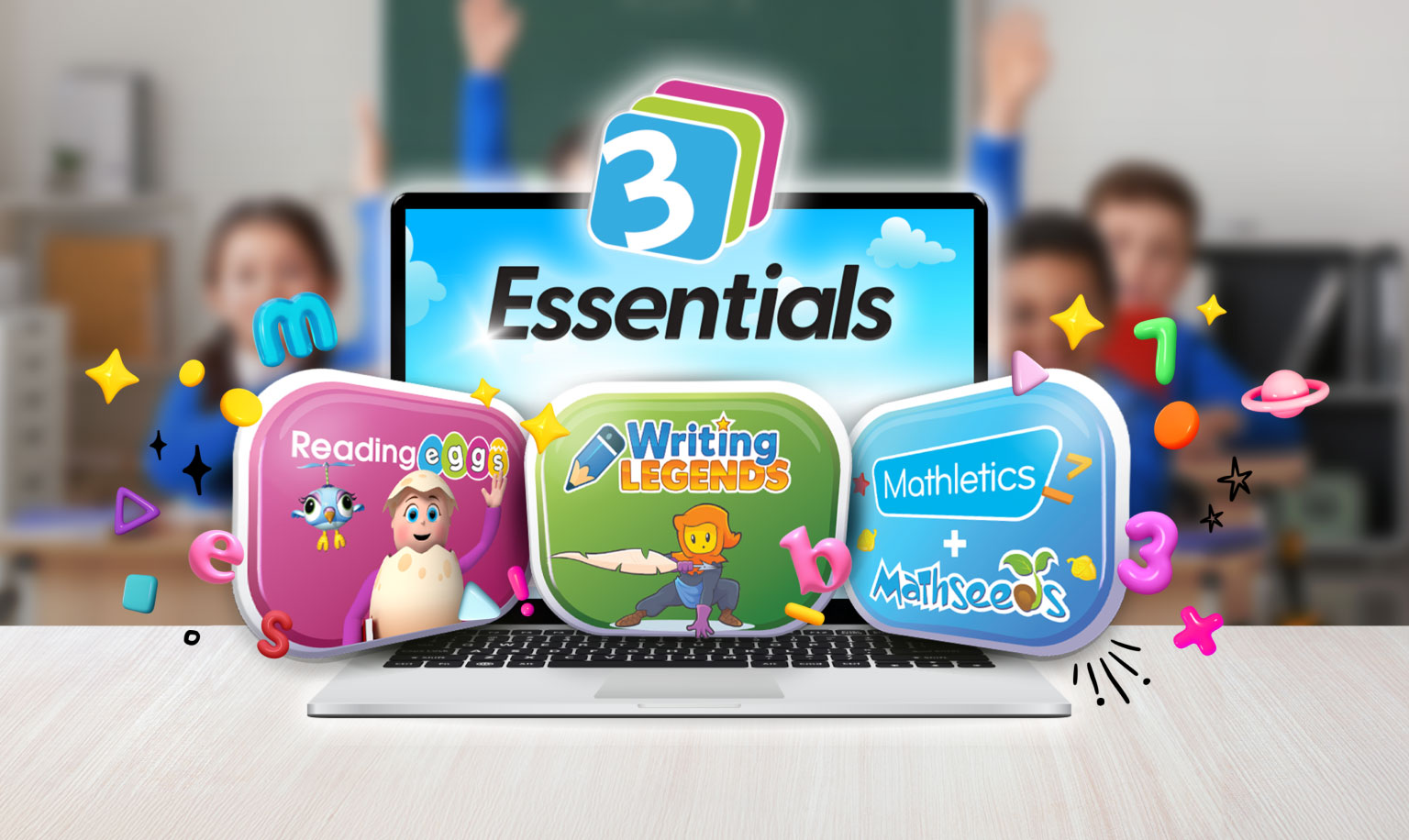
What is a persuasive text?
A persuasive text is any text where the main purpose is to present a point of view and seeks to persuade a reader. A persuasive text can be an argument, exposition, discussion, review or even an advertisement.
How is a persuasive text structured?
A persuasive text is organised to include a ‘statement of position’, ‘arguments’ and a ‘reinforcement of position statement’
The statement of position gives an overview of the argument and reveals the position to be argued.
Next is the arguments section which is a series of points with supporting evidence. Here is where you try to convince the reader into believing your point of view on a particular issue. As a basis, you should have at least three main argument points and can include more if necessary.
After you have put forth your arguments you then need to sum up. In this section you will strongly repeat what you believe in with a summary of your argument points.
Get your students to have a crack at percussive writing using The Story Factory in Reading Eggs. It allows them to write and publish their own storybooks using an easy step-by-step guide.

Grammar and language conventions used
- Words with high modality, that is, words that show a high degree of certainty. For example – must, ought to, shall, has to. In comparison to words such as may, might, could and would that have low modality and show less certainty
- Emotive, descriptive words that appeal to the emotions. For example – wonderful, horrible, cruel, amazing, frightening, perfect
- A formal voice that is more authoritative and has more power of persuasion
- Repetition of words or phrases and concepts to push your point of view
- Connectives that help sequence your argument. For example – Firstly, Secondly
- Present tense
Use samples to increase understanding
If you are able to, find sample persuasive texts, grab a highlighter and start scanning them for main argument points, high modality words, emotive words and connectives. Working through a sample text is a great way to help you understand the general structure and sequence of a specific text.
Once you have deconstructed a sample text try writing a persuasive text yourself. You might want to have a friend write the opposing argument and you can compare afterwards.
Need help teaching literacy?
We’ve got you covered – read up on how to teach persuasive writing, check out the 5 ways you can bring literacy into ANY classroom, or choose from a range of free literacy resources below.










